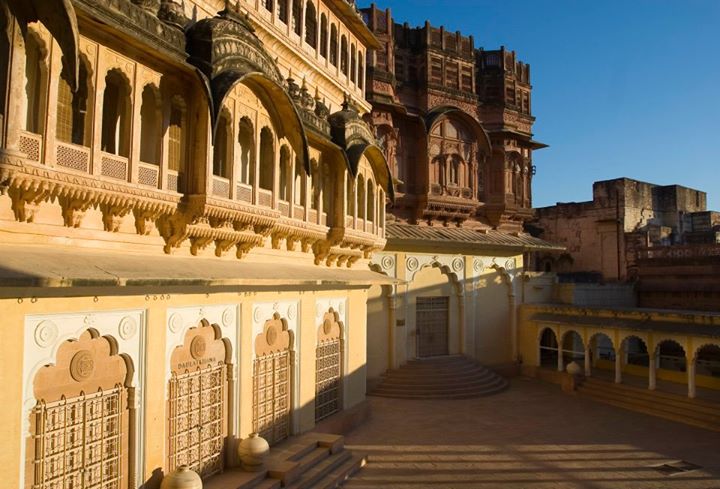 Think of the word ‘Maharaja’ and it will probably conjure up images of courtly grandeur, splendor and jewels surrounding a powerful turbaned ruler.
Think of the word ‘Maharaja’ and it will probably conjure up images of courtly grandeur, splendor and jewels surrounding a powerful turbaned ruler.
Until 1947, Maharajas (meaning “great kings”) played a crucial role in the subcontinent’s history, culture and socio-economic landscape. According to Chicago Tribune’s William Hageman, up until then, they “ruled every facet of Indian life. They were rulers, but also administrators, protectors, diplomats and warriors, who followed a prescribed code of conduct known as rajadharma (“royal duty”).”
In the 1970s, however, they lost their privy purses or royal payments due to Indira Gandhi’s reforms and after India declared independence in 1947, lost their official titles and most of their land.
Although they no longer rule kingdoms, India’s modern Maharajas are still wealthy and influential. While some converted their family estates into extravagant hotels, others sought to use their ancestry, influence and heritage to create social change in their communities.
While it is easy to focus solely on the material aspect of the Maharajas’ sphere of influence, these royals’ innovative initiatives are still spearheading positive change in the region.
1. Maharaja Pradyot Bikram Manikya Deb Burman
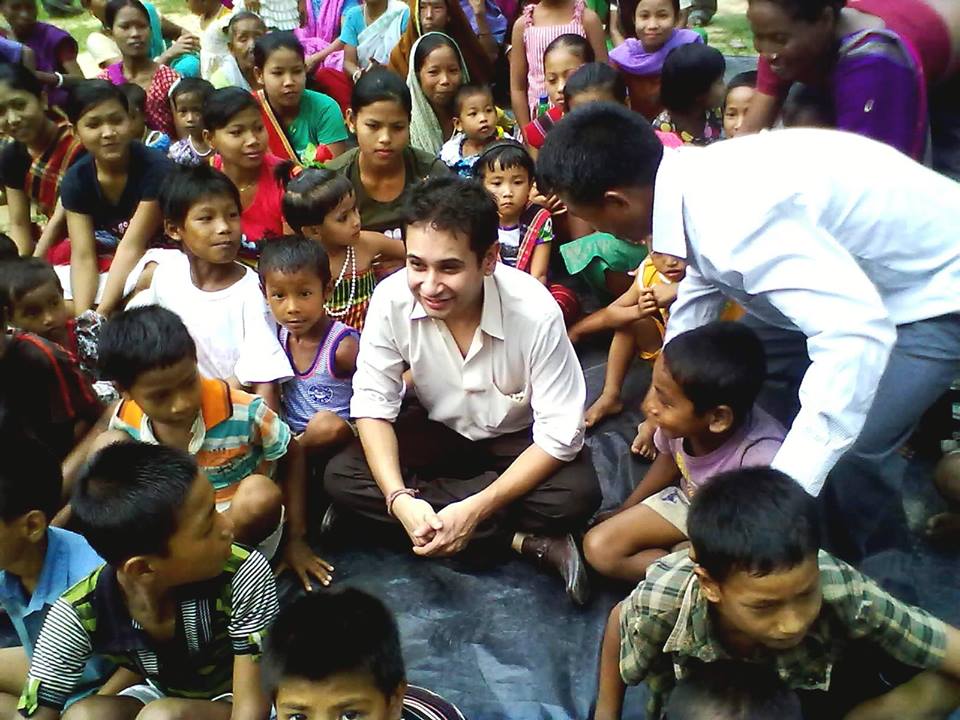
The sole heir of the 800-year-old Manikya dynasty, Maharaja Pradyot Bikram Manikya Deb Burman is the head of the Royal House of Tripura. His grandfather, Maharaja Bir Bikram Kishore Deb Burman was one of the last rulers to accede their throne to the Union of India.
Crowned at the age of 28 in 2006, shortly after his father died, his down-to-earth approach yet fierce passion for his people and indigenous culture in northeastern India has made him the people’s beloved “Bubaghra” (ruler in Kokborok).
“What is legacy?” he said. “Is it what you inherit from your ancestors or is it what you leave behind for your children?”
Reaching out to the people in the region, the young prince set up English-mediums schools in the Dhalai district where education opportunities are scarce. He also converted one of his family’s summer resorts into The Royal Heritage Tripura Castle, – one of the first heritage hotels in the region.
In addition to being the Chairman of the Royal Heritage Hotel, adviser to the North East Students Committee in Delhi and the North East Regional Development Association and member of the All India Congress, he is also the man behind The Northeast Today.
With the firm belief that sports can educate and unite, Burman places great emphasis on encouraging young men and women in the region to engage in sports and physical activity.
2. Princess Diya Kumari
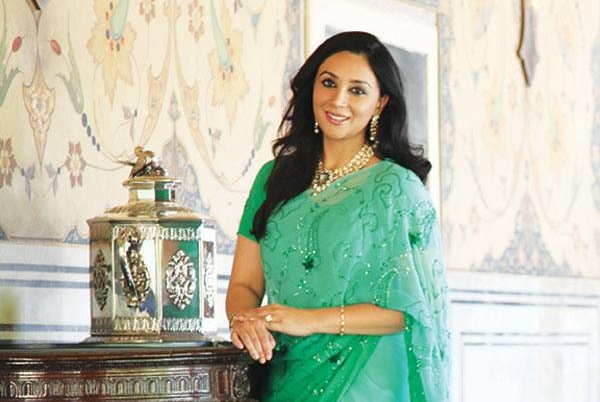
The only daughter of His Highness Maharaja Sawai Bhawani Singh MVC of Jaipur and Her Highness Maharani Padmini Deviki of Jaipur, Princess Diya Kumari is an inspiring entrepreneur, philanthropist and businesswoman.
In 2013, she launched the Princess Diya Kumari Foundation Society to work for the sustainable development, empowerment and enrichment of underprivileged sections of society” and the Gunijankhana museum society to revive and encourage local arts, culture and creative knowledge. She also played an important role in steering the Maharaja Sawai Man Sing Museum Trust and the Jaigarh Public Charitable Trust to promote non formal educational and cultural activities in the region and revive the 36 Kharkhanas, an old system of art and craftsmanship followed in Jaipur.
Her keen interest in the field of education resulted in the founding of two highly prestigious schools in Jaipur – The Palace School and Maharaja Sawai Bhawani Singh School.
3. Maharaja Manvendra Singh
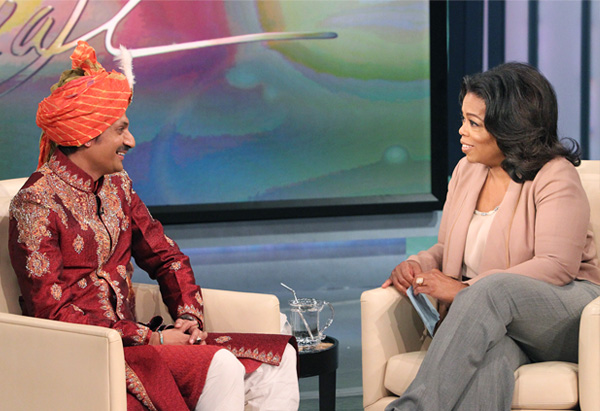
Born in 1965 to the Maharaja of Rajpipla and his wife, Prince Manvendra Singh Gohil is widely known as the first openly gay prince of India after he came out in 2006. As a guest on the Oprah Show in 2006 and 2011, Prince Mavendra talked about his traditional and non-traditional lifestyle, coming out in India and changing attitudes around gay issues in the country.
“I can remember the names of all my ancestors from 1370 until the present day,” said Prince Manvendra. “With such a long and rich history, you automatically develop a sense of responsibility to that heritage and you enjoy your duty – to my people now and to my forefathers who sacrificed so much.”
In 2000, he launched the Lakshya Trust, the first community-based organization in Gujarat dedicated to HIV/AIDS education and prevention amongst the gay and transgender population in India. The organization reaches out to more than 10,000 people and works on several gay issues including mental health issues, empowerment, treatment and care of persons living with HIV/AIDS, old age issues, etc. It was honored with the Civil Society Award in 2006 for its outstanding work in HIV control.
He launched Free Gay India in 2014, a grassroots campaign to raise awareness about India’s anti-gay laws.
4. Maharaja Kanwar Raghavendra Singh Dundlod
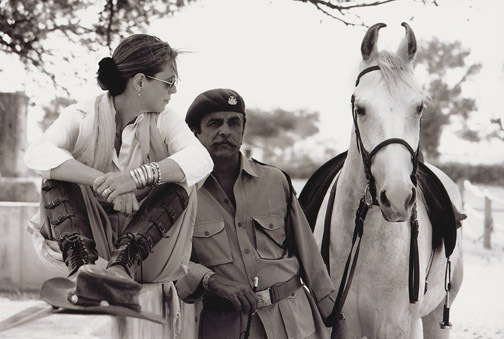
Hailing from the noble family of Dundlod, Maharaja Kanwar Raghavendra Singh Dundlod (known as Bonnie) is a passionate equestrian who founded the Marwari Bloodlines, a breeding program for Marwari horses, a rare breed of horses that enjoyed royal status historically and were only ridden by nobles.
“Grace, beauty, loyalty, bravery and speed are the special qualities of the Marwari horses, while their trademarks are their inward lyre-shaped ears that are unique only to them,” he said.
Once on the verge of distinction, his organization continues to work towards the preservation and celebration of the beloved stallions by convincing the Indian government to remove the ban on the export of indigenous horses – including Marwari, Manipuri and Kathiawari. He is also the co-founder of the Indigenous Horse Society of India that works towards the conservation, recognition and care of these horses. He also launched the first horse safaris in the Shekhawati region of Rajasthan and runs horse-riding safaris for tourists at his heritage hotel-home Dundlod Fort.
5. Maharaja Gaj Singh II
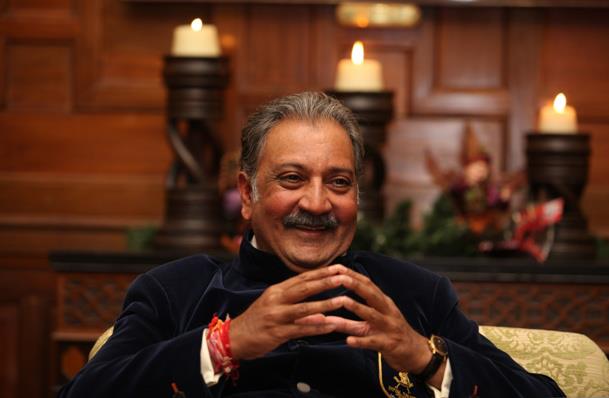
Deeply invested in a sense of duty and guardianship towards his people, His Highness Maharaja Gaj Singh II of Marwar-Jodhpur, also known as Bapji, has certainly set the bar for modern royalty in India.
Like many royals, he nurtured and developed his palaces into remarkable tourist destinations showcasing heritage, fine living and grandeur in historical settings, including the Umaid Bhawan heritage hotel and the Mehrangarh Fort museum.
After his son Shivraj suffered a terrible brain injury during a polo match in 2005, he learned that India has the unwanted distinction of being the head injury capital of the world. To create change in the healthcare sector on a regional and national level, he launched the Indian Head Injuries Foundation in 2007 “with a mission to build a comprehensive system in India for the prevention, diagnosis and treatment of traumatic brain injury, and to provide neuro-rehabilitation to such patients.”
“We are in a position of being attached to our history, local customs and traditions, while also having access to the best of modern education,” he said. “Royal families thus have an important role as instruments of change.”



















THIS is how rulers are supposed to rule. For the good of their people and as a responsibility not a privilege. Wonderful to see this mindset in this day and age.